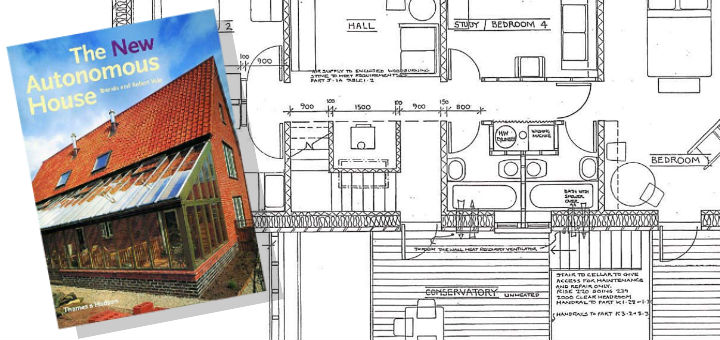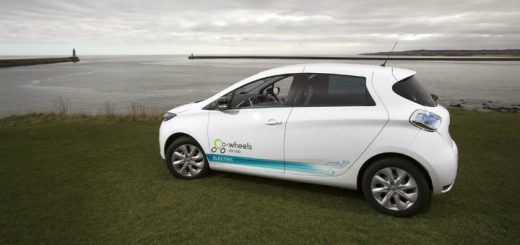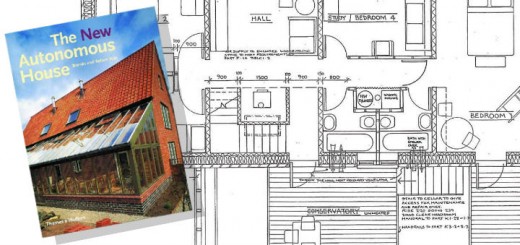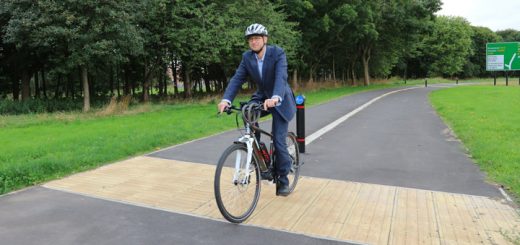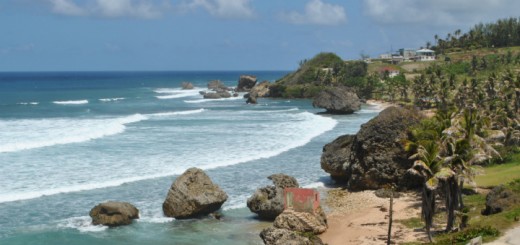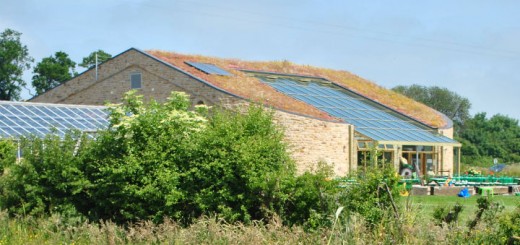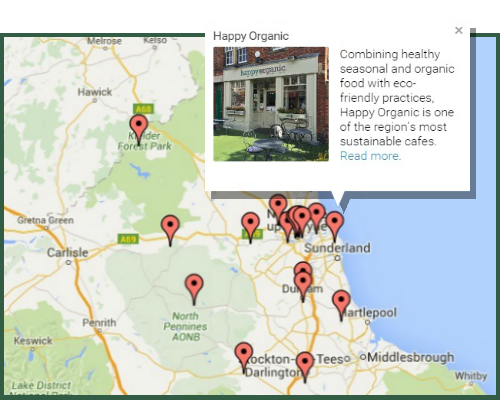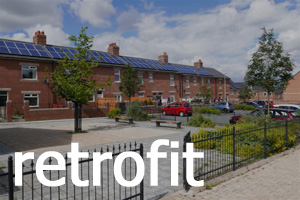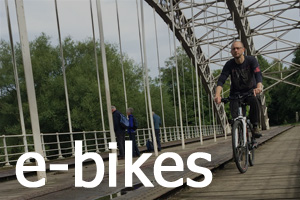During my student days at Sheffield University in the early 1990s, architects Brenda and Robert Vale were building super-insulated homes for the city’s housing association, and I recall visiting some of their construction sites. In 1993 the Vales put their experience to use building a home for themselves. The New Autonomous House recounts the Vales’ project from inception to completion. Rooting the scheme firmly in its political and philosophical context, we get a sense of the authors’ frustration at the lack of progress in sustainable development in the 20 years between the UN Conferences on the Environment in Stockholm (1972) and Rio de Janeiro (1992). Resource depletion and climate change was a big concern for the Vales, and the autonomous house was a way of challenging the status quo. “In the autonomous house, resource depletion begins at home.” They imagined a house independent of the utilities that we all take for granted: gas, electricity, water and sewage. Connection to these established networks allow most of us to pass the buck and assume that global problems are caused by, and can be solved by, someone else. Instead, their house would use only the inputs from its immediate environment, sun, wind and rain, to service itself and process its own wastes. As they say, “In the autonomous house, resource depletion begins at home.”
Of course true autonomy is easier said than done! The Vales take us through their design process and don’t shy away from sharing the compromises they had to make. This wasn’t to be some eccentric survivalist retreat, but a house which could appeal to the mass market. The site isn’t in the remote wilderness, but in the market town of Southwell. More importantly, they weren’t constructing some grand experiment but a home for themselves and their children using readily available technology on a limited budget. The authors infuse their story with a delightful blend of realism and idealism.

The New Autonomous House is written with an academic rigour which doesn’t always make light reading. There are moments when I wished the authors had saved some of the detail for an appendix, but don’t skip over too many pages or you’ll miss the gems of dry humour which bring the book to life. A discussion on the merits of space heating and thermal mass leads the Vales to assess the energy contribution from a room full of cats. A discussion on the merits of space heating and thermal mass leads the Vales to assess the energy contribution from a room full of cats. Later, recounting an outbreak of fruit flies in the Clivus Multrum composting toilets, they comment that, ‘An attempt has been made to control the flies in the Clivus by catching spiders and dropping them down the toilet chutes in order to introduce a predator to the system but it is not possible to say if this has been effective.‘ Unsurprisingly, a dose of fly spray proved to be more successful.

Perhaps the most interesting chapter describes the building’s performance in use. Here we learn about the successes and teething problems of the house. Their rain storage tanks carried them through a summer drought in 1995, and the compost generated by the Clivus didn’t smell too bad, although raking over the piles of sewage every couple of weeks took some adjusting to. The Vales opted in the end for an electricity grid connection in lieu of battery power storage for their PV array, but they were confident that with some adjustments the house would need zero net imports.
I can recommend this book to all who are considering designing or building their own homes. It was a great inspiration to me at the start of my career as an architect and although the technology has moved on, the lessons are just as valid today as they were when the New Autonomous House was built twenty years ago.
All images are taken from the book.
The New Autonomous House
by Brenda and Robert Vale
Thames and Hudson, 2000.
